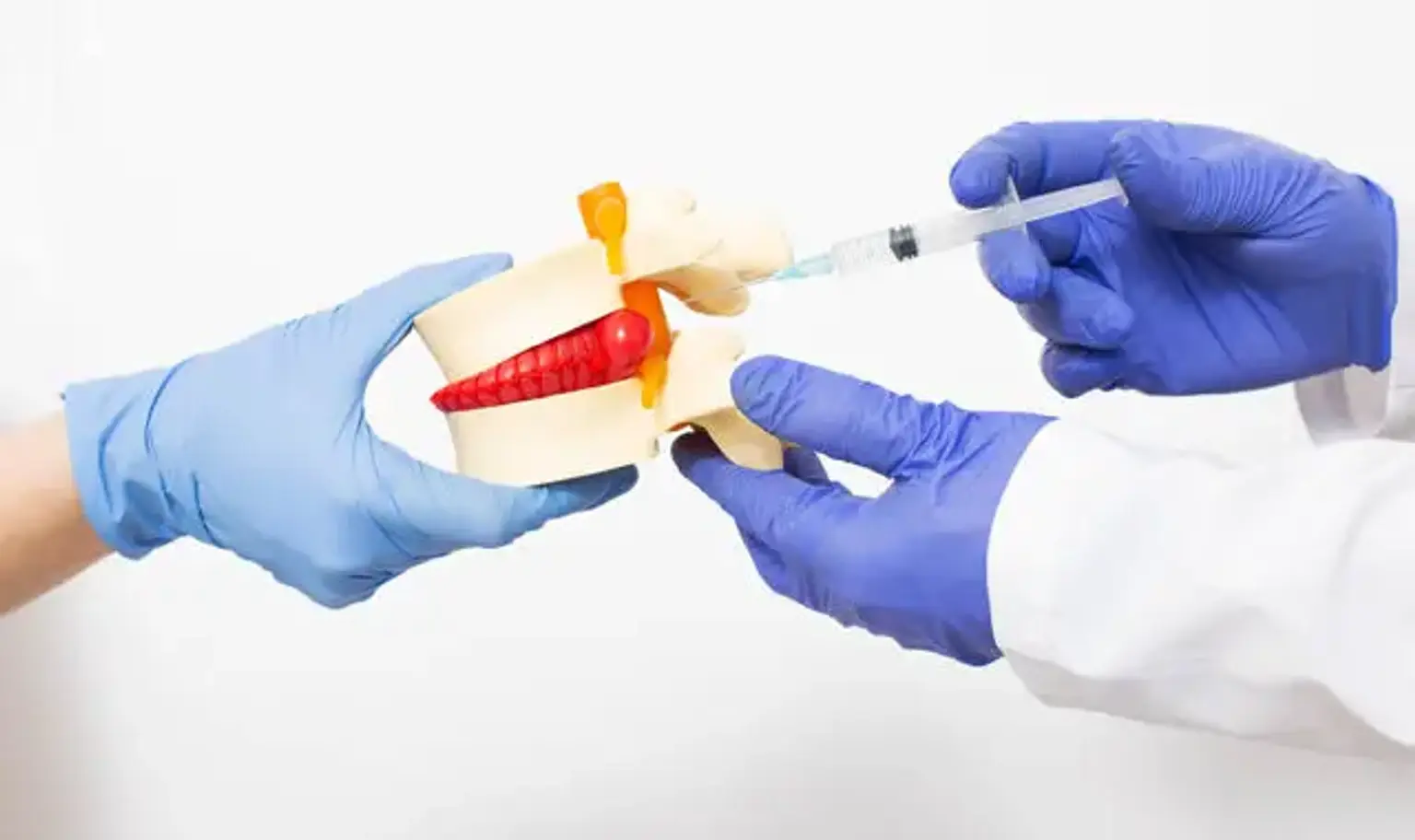Nucleoplasty
Overview
Nucleoplasty (Percutaneous Discectomy) is a minimally invasive, image-guided technique used to relieve back and leg discomfort caused by herniated discs that have not responded to other treatments. Nucleoplasty is the best minimally invasive treatment option for disc bulges. This outpatient surgery employs a needle that produces radio waves to decrease a disc bulge by dissolving extra tissue. This releases pressure inside the disc and on the nerves that cause pain. The operation should take no longer than an hour.
Nucleoplasty is a procedure in which one of the interventional radiologists utilizes imaging guidance to remove a little piece of disc tissue to release pressure on the nerves, therefore reducing discomfort and restoring movement.
People who experience chronic back pain for at least six weeks and debilitation owing to disc herniation after standard therapies have failed are candidates for nucleoplasty. People suffering from osteoporosis may benefit from nucleoplasty as well. The patient may suffer some discomfort or paralysis following nucleoplasty as a result of a disc herniation pressing on a spinal nerve.
